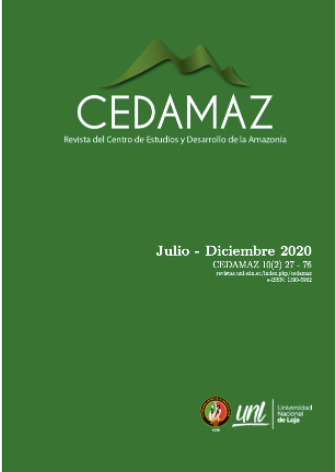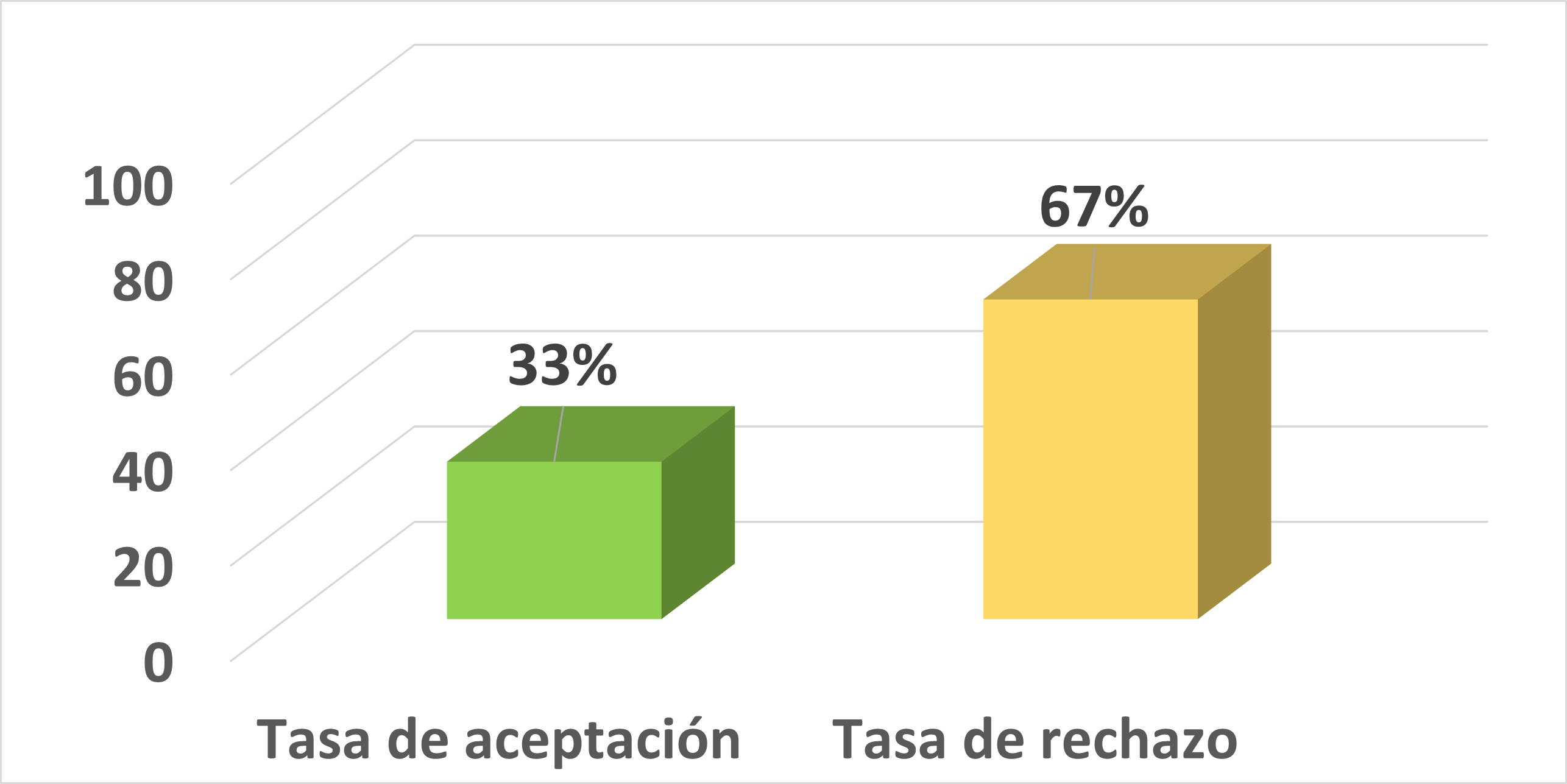Respuesta morfológica en diferentes especies de cítricos usadas como portainjertos, sometidas a estrés salino e hídrico bajo condiciones de invernadero
Resumen
Debido a las condiciones de cambio climático actual y a la elevada susceptibilidad a estrés abiótico, los cítricos requieren de un correcto uso de portainjertos que permitan una óptima producción con tolerancias a las condiciones ambientales cambiantes. Por tal razón se estudió el comportamiento de tres portainjertos de cítricos, sometidos a estrés salino e hídrico por déficit y exceso, bajo condiciones de invernadero. Se establecieron 12 tratamientos, resultantes de tres tipos de estrés (salinidad, déficit hídrico y exceso hídrico) más un testigo (condiciones óptimas) y tres portainjertos (mandarino cleopatra, limón mandarino y naranjo agrio). Para salinidad se mantuvo el sustrato a 6 dS/m (conductividad eléctrica) y capacidad de campo, en déficit hídrico se aplicó el 40 % de la capacidad de campo, en exceso se empleó el 150 % de la capacidad de campo, y en condiciones óptimas se trabajó a < 1dS/m y capacidad de campo. Se midieron variables vegetativas y de crecimiento (altura, diámetro de tallo, número de hojas, densidad estomática, entre otras). Limón mandarino obtuvo un valor significativamente superior en la mayoría de las variables (altura, número de hojas, diámetro de tallo, entre otras), contrario a ello mandarino cleopatra fue el que menor desarrollo exhibió.Publicado
Cómo citar
Número
Sección
Licencia

Esta obra está bajo una licencia internacional Creative Commons Atribución-NoComercial-SinDerivadas 4.0.
Aquellos autores/as que tengan publicaciones con esta revista, aceptan los términos siguientes:
-
Luego que el artículo científico es aceptado, para su publicación el o la autora aceptan ceder los derechos de la primera publicación a la Revista CEDAMAZ, conservando sus derechos de autor. Se permite la reproducción total o parcial de los textos que se publican siempre y cuando sea sin fines de lucro. Cuando se ejecute la reproducción total o parcial de los artículos científicos aceptados y publicados en la revista CEDAMAZ, se debe citar la fuente completa y la dirección electrónica de la publicación.
-
Los artículos científicos aceptados y publicados en la revista CEDAMAZ pueden ser depositados por los autores de manera integra en cualquier repositorio sin fines comerciales.
-
Los autores no deben distribuir los artículos científicos aceptados, pero que todavía no han sido publicados oficialmente por la revista CEDAMAZ. En el caso de incumplir esta norma implica el rechazo del articulo científico.
- La publicación de su obra, el cuál estará simultáneamente sujeto a la Licencia de reconocimiento de Creative Commons









